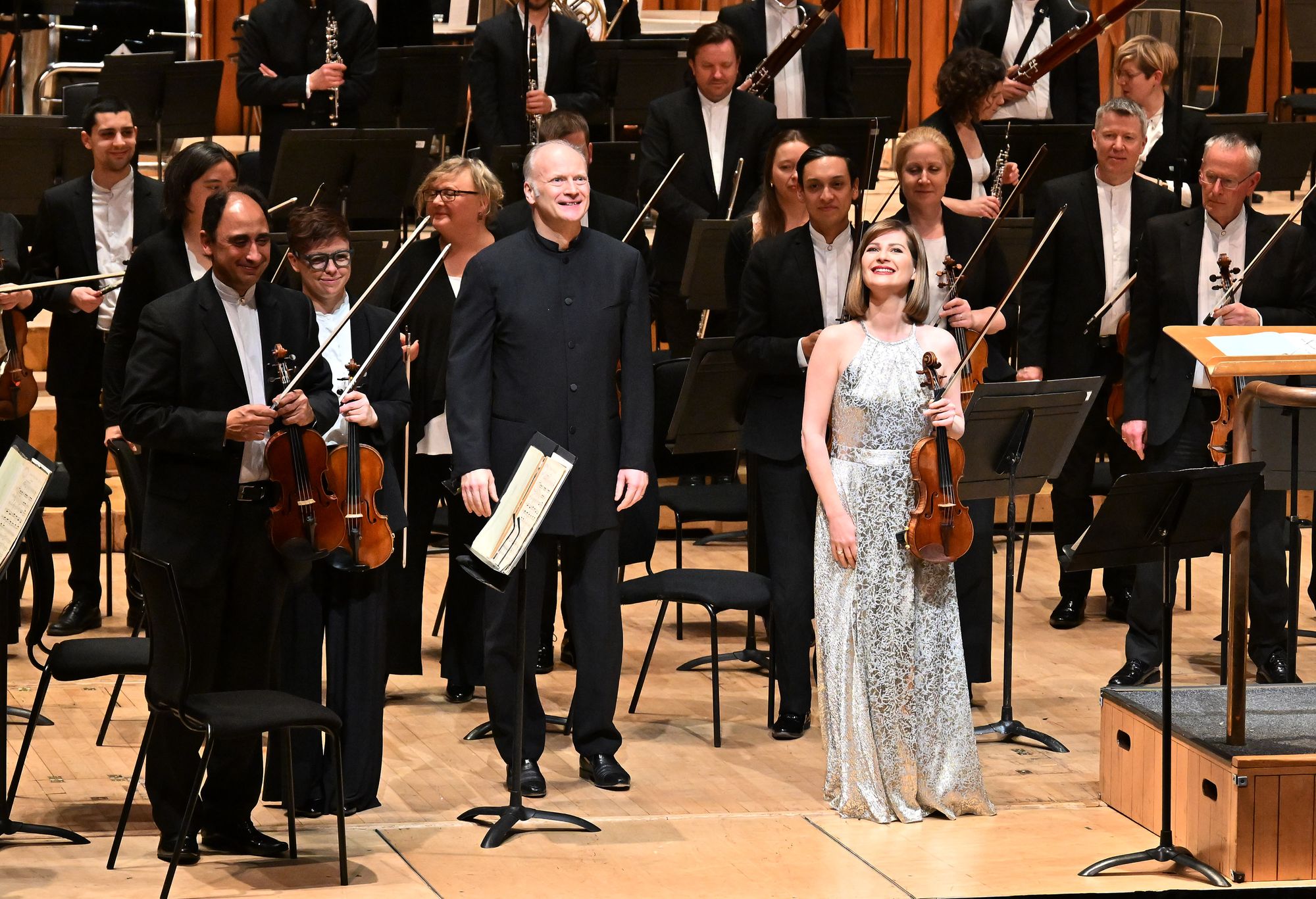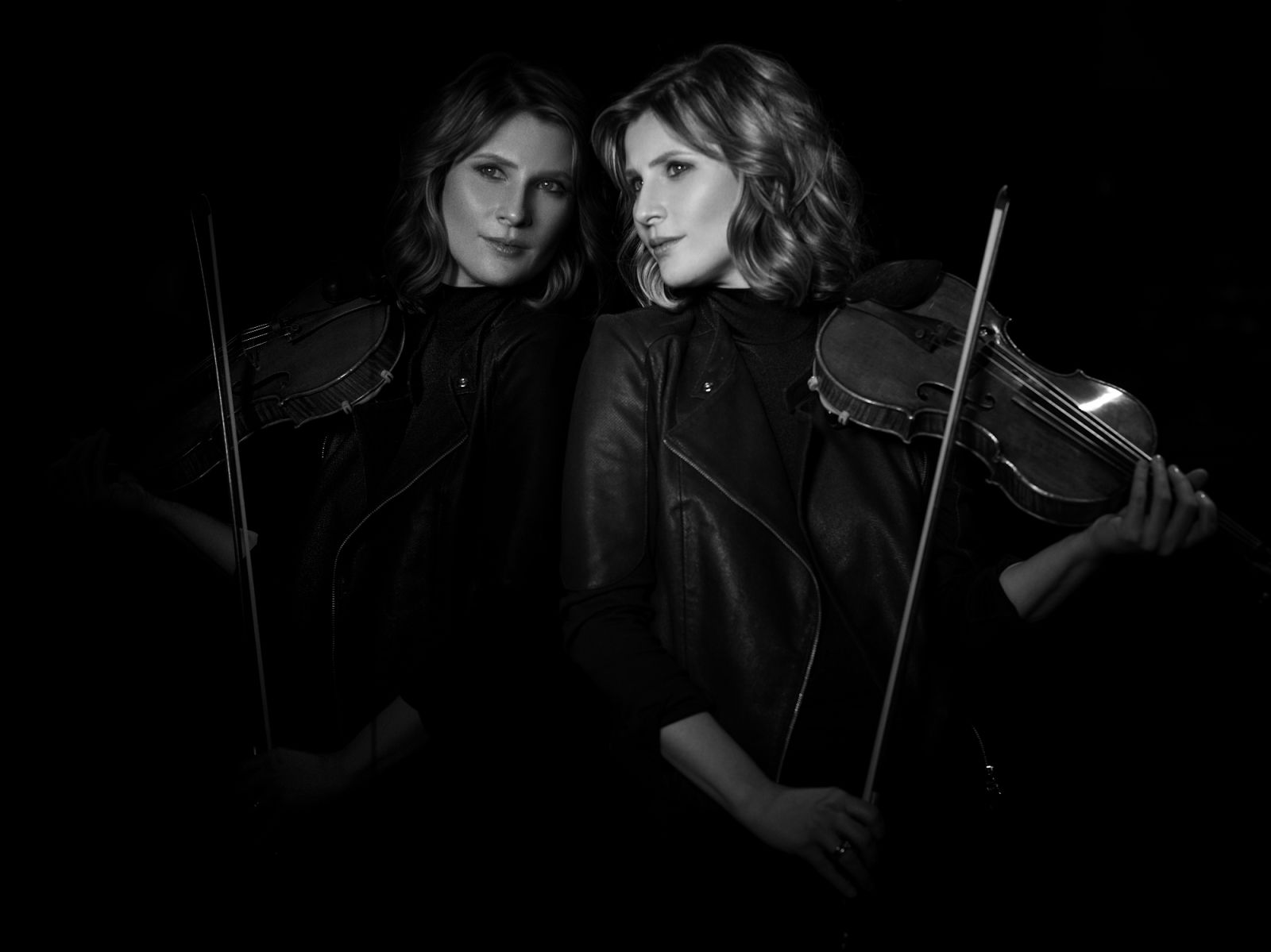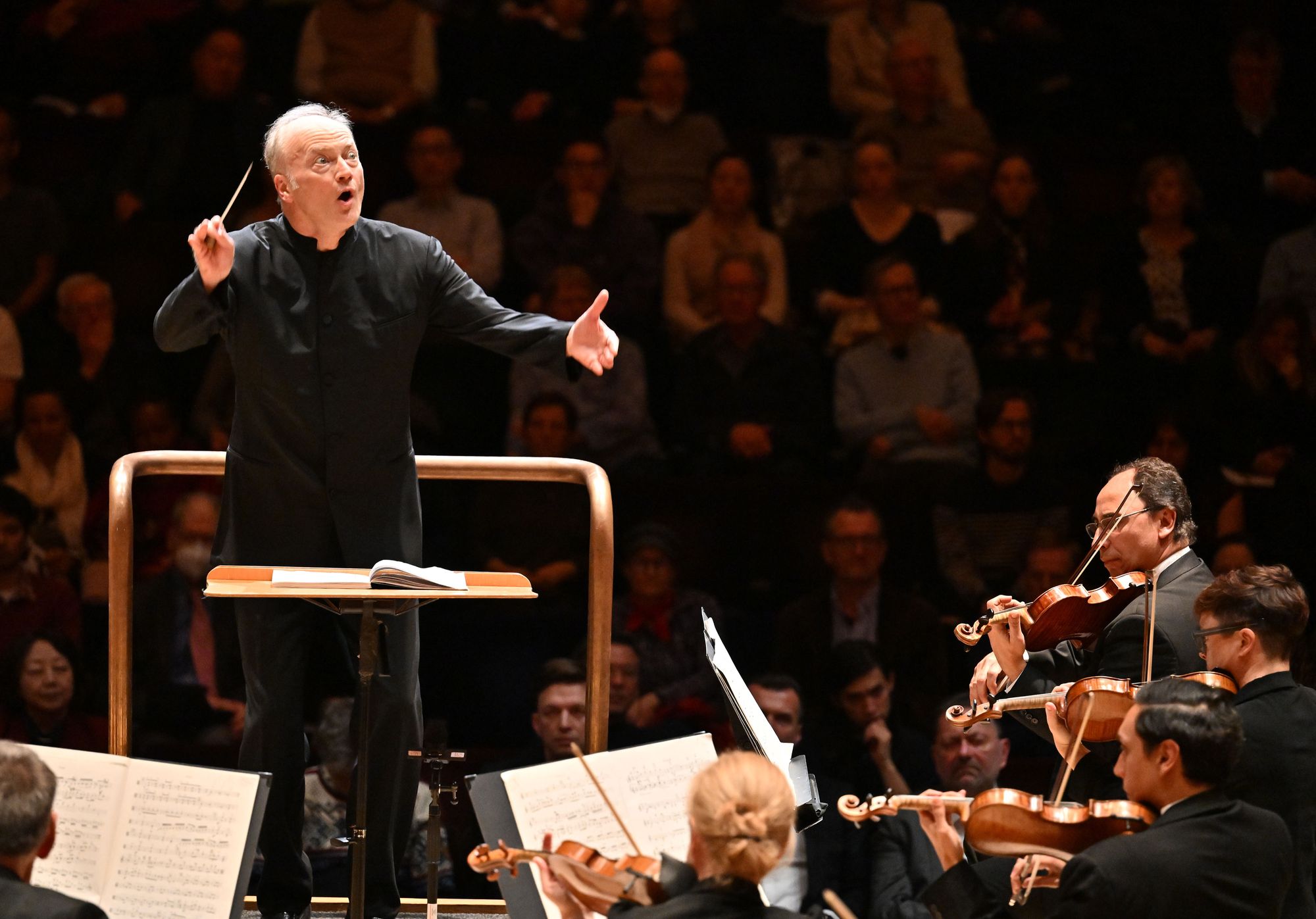Concert Review: Batiashvili and Noseda with the LSO on top form

Fantasy and Fury: Beethoven, Schnittke Lisa Batiashvili (violin); London Symphony Orchestra / Gianandrea Noseda (conductor). Barbican Hall, London, 30.03.2023
Beethoven Violin Concerto in D, Op. 61 (1806; cadenzas: Schnittke)
Prokofiev Symphony No. 3 (1928)
Quote the contrasting pair of pieces here, on paper; although perhaps Lisa Batiashvili’s inclusion of Schnittke’s cadenzas for the Beethoven could be seen as something of a link (interesting her recording, with the Deutsche Kallmerphilharmoie Bremen, uses Kreisler). Gidon Kremer has also taken up Schnittke’s amazing ‘outings’. Certainly, the first movement cadenza wastes little time in taking us to another world, ruminative, not quite modernist but far enough removed from Beethoven and expansive enough to transport us elsewhere. Batiashvili’s performance was full of fire, imbued with the spirit of discovery (the arrival of a reference to the Allegretto from the Seventh Symphony felt perfectly fresh). The sense of expectation at the cadenza opening, the sense that anything could happen, was particularly pronounced.

This freshness extended to the realisation of Beethoven's writing, too, both from the soloist and the orchestra. Noseda’s orchestral exposition was lean, characterised by a notable attention to detail. Hard-sticked timpani (that return in the cadenzas, incidentally) aided that sense of clarity. When Batiashvvili entered, it was clear she was on the same interpretative page, as her sound, so sweetly singing, was perfectly focused, her projection perfect. Structurally, the first movement emerged impeccably. One might point to Batiashvili’s technical excellence (phenomenal trills in particular), but in reality it was the starting point for an interpretation of stature.
In the central movement, we felt the daring of Beethoven’s writing, so pared down, perhaps particularly in the passage for high solo violin and pizzicato tutti strings. Beethoven’s invention, his newness, was laid bare. In contrast, the opening of the finale was fast and furious: Beethoven-gruff rather than sprightly. Yet move to the higher registers, and suddenly we are in elfin territory. I wonder if an antiphonal layout for the violins would have worked better, though, as Noseda was keen to draw out the inter-violin dialogue in this movement? A relatively small carp, and countering that were some truly mesmeric pianissimi. The Schnittke cadenza to the third movement is if anything even more remarkable than that for the first, with its references back to the opening of the concerto (timpani again), and with the orchestral strings joining in to create a texture not unlike a swarm of insects. A performance to cherish.
Here is Biatishvili’s recording of the Beethoven with the Deutsche Kammerphilarmonie Bremen; and here is the cadenzas for the first and third movements by Schnittke, played by Gidon Kremer:
Prokofiev’s Third Symphony is rarely heard beast: it uses material from the opera The Fiery Angel. Mysaskovsky (the symphony’s dedicatee) thought the music from that opera might sit more comfortably within a symphonic framework. Whether one is ‘better’ than the other is perhaps up for discussion, but there was no doubting the power of Noseda’s performance. I wonder if the repeated bass-notes of the opening were an intended link back to the first movement of the Beethoven? Whether that was so or not, there was no doubt Noseda traced the structure of this movement well (emotions switch often, and suddenly). Parts felt cinematic, almost, in this most colourful of performances. Perhaps most impressive was how one could hear everything in the thorniest thicket of lines.
Here’s the first movement with the Royal Concertgebouw Orchestra under Riccardo Chailly.
Noseda honoured the individual (some might say eccentric) elements of Prokofiev’s Andante second movement, creating a positively eerie atmosphere (here’s Chailly) before encouraging the LSO to a feast of ferocious virtuosity and velocity in the third (again, here’s Chailly). Scurrying strings, metallic swirls of sound created a palpably manic atmosphere, leading to a sort of crazed triple-time march. The finale is another march, this time unstoppable; Prokofiev’s dramatic use of a bell cutting through the orchestra seemed perfectly judged (Chailly performance).

An utterly remarkable concert, the result of a combination of elements: the LSO on top form under a fine conductor, a brilliant, imaginative and intelligent soloist who dared to present an alternative viewpoint on a classic. Unforgettable.
The Prokofiev will be released as part of Noseda’s ongoing Prokofiev series with the LSO.
